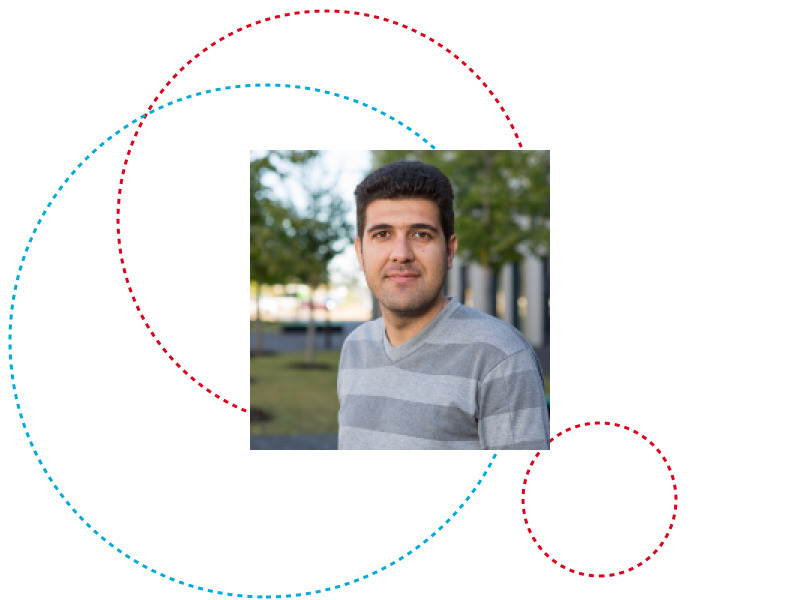Registration and event link: https://unilu.webex.com/unilu/onstage/g.php?MTID=e9ee706d515425eeeef38ea95178772ca
Members of the defense committee:
- Chairman: Prof. Dr. Jacques Klein, University of Luxembourg
- Deputy Chairman: Prof. Dr. Visa Koivunen, Aalto University, Espoo, Finland
- Supervisor: Prof. Dr. Björn Ottersten, University of Luxembourg
- Member: Dr. Thomas Stifter, IEE, Bissen, Luxembourg
- Member: Dr. Bhavani Shankar Mysore, University of Luxembourg
In recent years, radars that share their spectrum with wireless communications have gained significant research interest. Such a joint radar-communications (JRC) system has advantages of low-cost, compact size, enhanced transportation safety, efficient spectrum utilization, and better management of vehicle-to-vehicle (V2V) interference. The millimeter-wave (mmWave) communications are being considered as a suitable technology for short-range V2V links due to the availability of wide bandwidths (4~GHz at 77~GHz). This band is also promising for automotive radar because large transmit bandwidths imply high range resolution. The mmWave band, therefore, provides an ideal platform for the implementation of JRC systems.
In particular, mmWave automotive JRC addresses the need for improved integration of two systems in which finite spectral resources and antenna aperture space must meet the demands of increasing functionality namely sensing and communication modes integrated into the same system. This multi-function approach seeks to develop system concepts that involve signaling strategies and architectures to support the simultaneous operation of the two different modes, often through means of enhanced diversity across the dimensions of time, frequency, modulation, and space.
A classic problem is how to modulate communication symbols in a radar waveform or vice versa to modify a communication waveform for radar application. This issue is addressed in this dissertation by proposing multiplexing strategies for JRC in various dimensions. In principle, the key challenge in automotive JRC applications seems to undertake methods to find out an optimum waveform that satisfies both performance metrics in this Pareto-optimal scenario.
The two main research findings of these dissertation are, first, the study of a bistatic-JRC system from both theoretical and system perspectives and second to develop an adaptive waveform design for a monostatic-JRC scenario. The former elaborates on the system modelling, waveforms considered, JRC modes, receiver architecture, identifiability and implications and performance analysis. The latter develops an adaptive waveform design in a monostatic scenario and designs a waveform to achieve an optimal trade-off between communications and sensing. Here, We exploit the communications link for the first time to acquire channel information to design adaptive waveform.
In waveform design part, the problem of identifiablity of the radar parameters in the state of the art for bistatic-JRC is investigated here. It is not sufficient to perform normal radar processing for bistatic-JRC since it leads to an unidentifiable problem. To solve this issue, appropriate multiplexing strategies are presented in the thesis. In terms of receive processing, the high computational complexity in the state of art for the 2-D-MUSIC receiver is solved. According to the state of the arts, 2-D-music provides all the benefits of subspace methods in terms of resolution, while it suffers from high computational complexity because the matrices are large and the search spans over two dimensions. The complexity of the 2-D methods arises from the processing of a large correlation matrix and a two-dimensional search space. This complexity of the receiver can be reduced by a novel JRC algorithm presented in this thesis.
